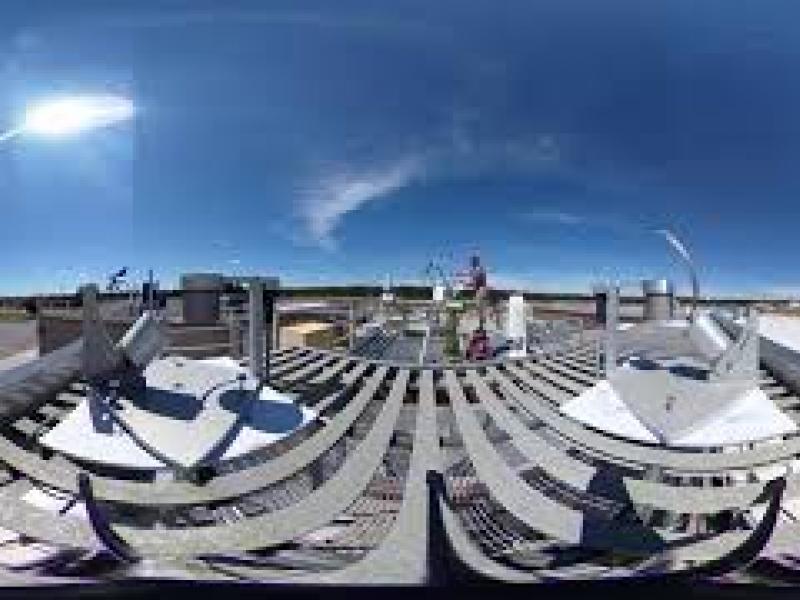
PNNL scientist John Shilling explains how gases convert to particles because of oxidation in the atmosphere and why this research is important to understanding global climate change.
Biogeochemists at PNNL-Sequim study greenhouse gas cycling in natural environments, specifically methane emissions from trees.
The environmental chamber in this scanning electron microscope shows researchers the growth of atmospheric ice particles, little specs that give birth to clouds.
Researchers collect samples from the Columbia River in Washington and the ground underneath it to study the biological, geological, and chemical processes that determine its health.
Through rain, snow, and sunshine, researchers measure the Earth’s atmosphere at stations like this to understand how airborne particles from pollution, wildfires, and other sources impact our climate.



